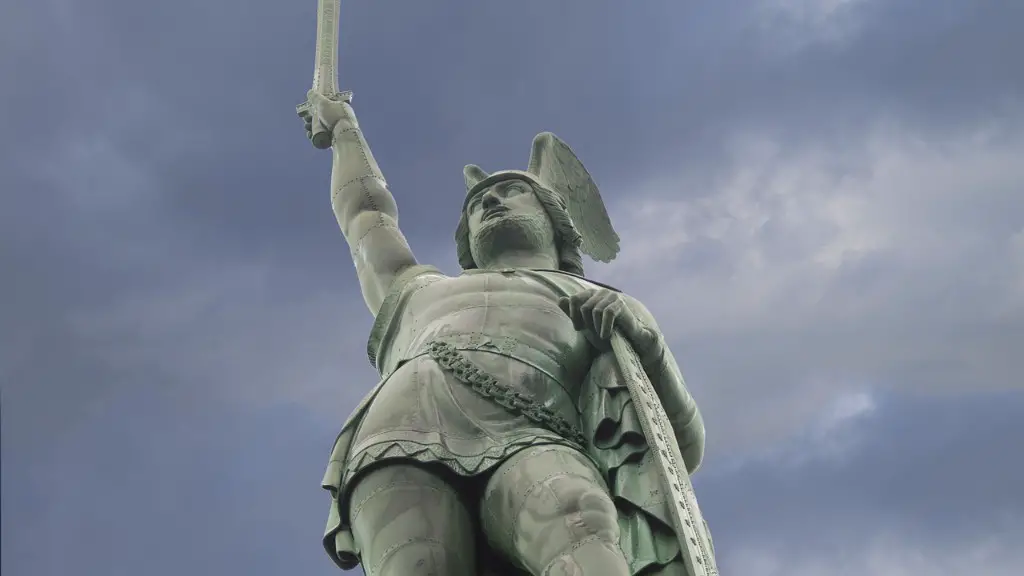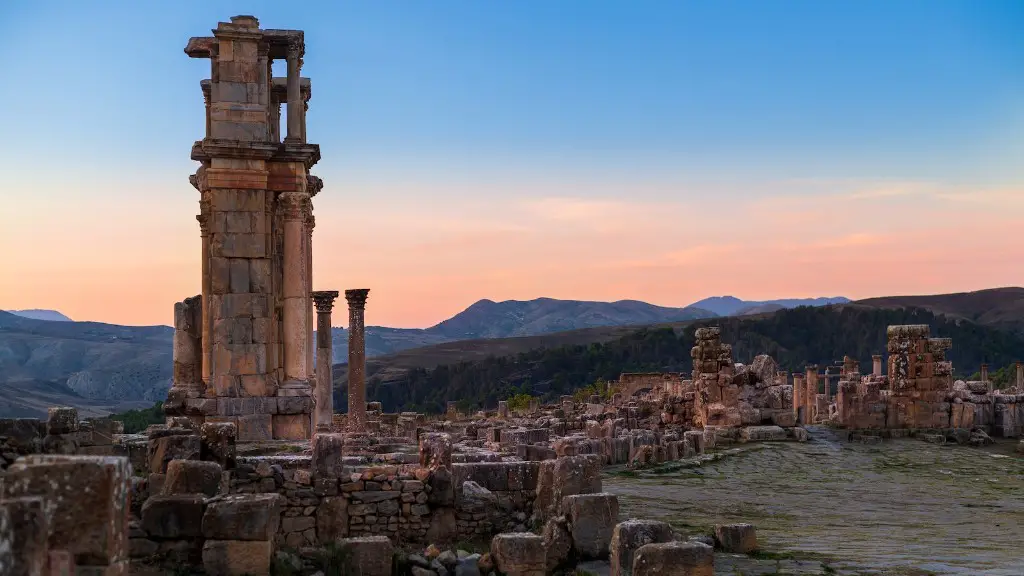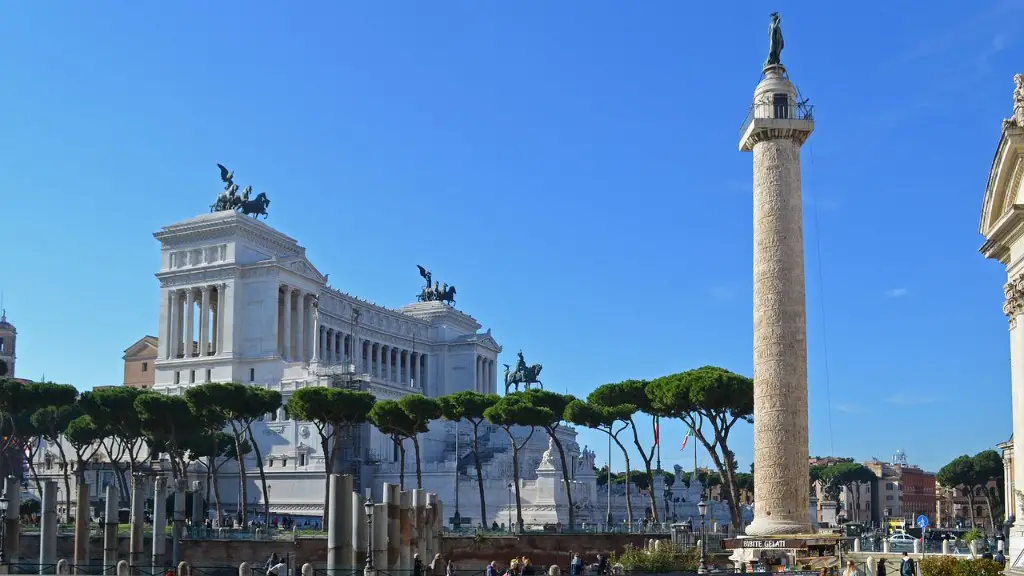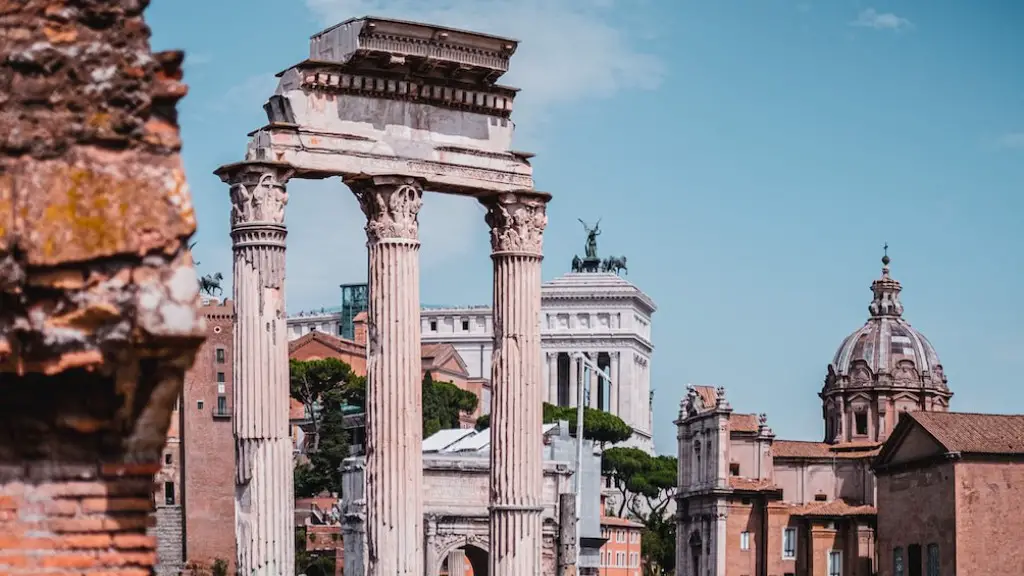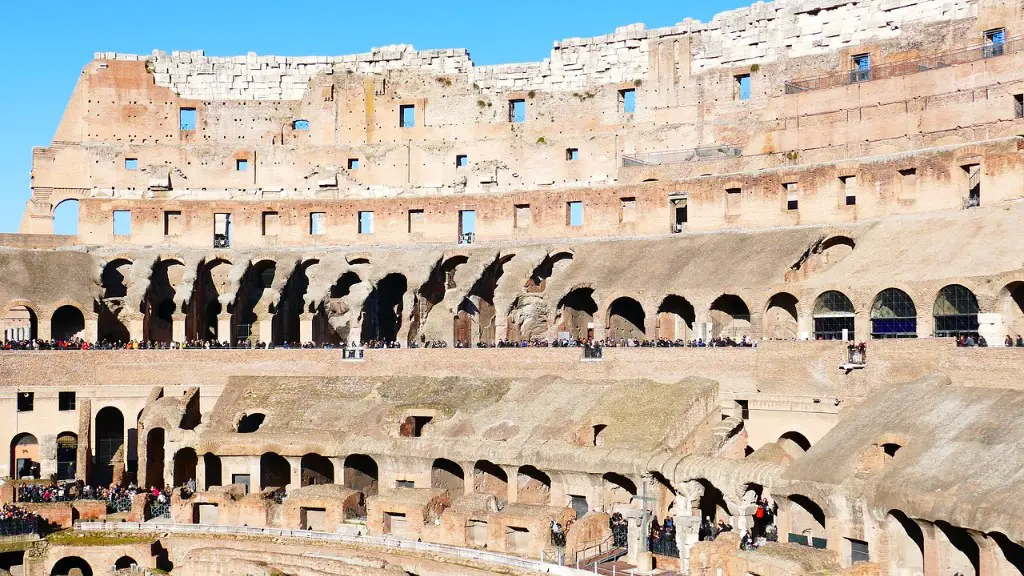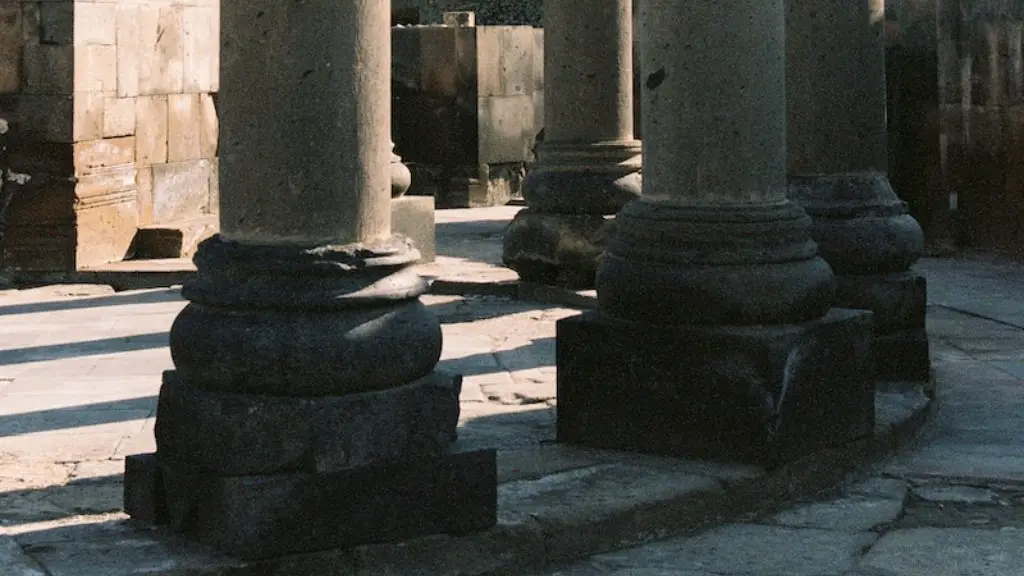When considering the greatness of ancient Rome, most people think of its impressive monuments and incredible military accomplishments – but what else should you know about this amazing civilization? While there is much to learn, this article will discuss some of the key facts and figures about the ancient Roman Empire that everyone should know.
The Republic of Rome was founded in 509 BC and its empire was vast, stretching from Northern England to North Africa and parts of the Middle East. It is estimated that at its peak, the population of Rome was as high as 1.5 million people – making it one of the largest cities of the ancient world.
The Senate was the governing body of the city-state and it was composed of 300 citizens chosen for their great wealth and influence. Voters would cast their votes for their preferred candidates in the form of white and black tablets. In the same way, representatives of the people were chosen to pass laws, conduct trials and levy taxes – forming the basis of modern representative governance.
Ancient Rome was also a great military power. Its impressive army was known for its mobility, organisation and discipline. Its generals were often considered to be without equal and their success on the battlefield made them almost immortal. Its most famous general, Julius Caesar, was a master strategist and his often-quoted words ‘veni, vidi, vici’, meaning ‘I came, I saw, I conquered’, still ring true today.
The Roman Empire made great technological advances and was credited with inventing the arch, concrete, aqueducts, the twelve-month calendar, the alphabet and even roads. They also had one of the most advanced legal systems of their time, which set the stage for later legal institutions. Their economic system was highly regulated, with taxes levied on goods both within and outside the city limits. This helped to create a strong economy which lasted for centuries.
Religion and tradition were also important in the ancient Roman Empire. The official religion was polytheistic and centred around the pantheon of Gods – Jupiter, Mars and Minerva – who were believed to grant protection to Rome. Each month had its own dedicated festival and priests were responsible for offering sacrifices and performing rituals.
Finally, the language of the people was Latin. This language would later become the basis for the Romance languages, such as Italian, French and Spanish. Latin was also the language of the Church, forming the basis of Ecclesiastical Latin – still used today in readings, prayers and other religious services.
The Arts and Architecture in Ancient Rome
Ancient Roman art and architecture were incredibly sophisticated and influential, setting the stage for many of the artistic styles we take for granted today. Their grand sculptures and paintings, carved in stone and marble, often depicted the gods and goddesses of the pantheon. They were also famous for their architecture and their iconic structures, such as the Colosseum, the Pantheon and the Forum, still stand today.
The Romans also established a rich and diverse cultural life, with music, poetry, theatre and literature being major components of the era. They were especially fond of epics such as Virgil’s Aeneid, which still serves as a source of inspiration for many writers today. Rome was also home to many great musicians and composers, such as the virtuoso Apollonius and the operatic composer and impresario Catullus.
Roman architecture was some of the most impressive of its time. They were known for their grand monuments and public buildings and their use of curved arches, domes and vaults. They were also ahead of their time in terms of engineering, with aqueducts and roads built to last for centuries. Their use of concrete, a revolutionary material for the time, was one of the major factors in the durability of their structures.
The Romans also made significant advances in urban planning. Rome was the first city to use street grids and its sewer system was considered one of the most advanced of the ancient world. This helped to establish the Romans as one of the most advanced civilizations of their time.
The End of the Roman Empire
The Roman Empire reached its peak in the first and second centuries AD, but it eventually declined and fell in the fifth century due to a variety of factors. These included a lack of strong leadership, constant wars with external enemies and internal unrest between the Senate and the people.
The Empire eventually split into two parts. The eastern part – known as the Byzantine Empire – was based in Constantinople and it embraced Christianity as its official religion. The western part, based in Rome, declined further and was eventually conquered by the Germanic Goths in the sixth century.
The fall of the Roman Empire marked the end of a golden age in European history. It also set the stage for the rise of the Middle Ages and ushered in a new era of political, social and economic turmoil in Europe.
Legacy of Ancient Rome
The legacy of ancient Rome is still evident today in the political and legal systems of many countries. The Senate formed the model for modern parliamentary systems and their laws, such as the Twelve Tables, have echoed through the centuries. The Latin language is still used in many religious and academic circles.
The artistic and architectural contributions of the Romans also remain with us. Their sculpture and paintings can be seen in many museums around the world and their architectural marvels remain as some of the most impressive structures of all time.
The impact of the Roman Empire was not only limited to Europe. Its culture, language and art have been spread to the far corners of the world and its influence can still be felt in many parts of the globe today.
Notable People in Ancient Rome
Ancient Rome was home to some of the most famous figures in history. Julius Caesar, perhaps the most famous Roman of all, was a great military commander and a master politician whose works are still studied today. He was later followed by the great Augustus, who strengthened the rule of the Empire and made it the most powerful force in the Western world.
Other notable personalities included Cicero, a famous orator and philosopher; Horace, a great poet and writer; and Cato, a warrior-statesman of the Republic. There were also many great women in ancient Rome, such as the Vestal Virgins, who were responsible for safeguarding the sacred flame of Rome.
The Romans also left behind a legacy of great literature, with authors such as Virgil, Ovid, Pliny and Seneca. These works still serve as sources of inspiration today and many of their themes are still relevant in the modern day.
Conclusion
Ancient Rome was one of the most impressive civilizations of its time and its influence can still be felt today. Its grand architecture and artistic works remain iconic symbols in the Western world and its political and legal systems form the basis for many modern nations. Its greats figures, from Julius Caesar to Augustus, left behind a legacy that will never be forgotten.
